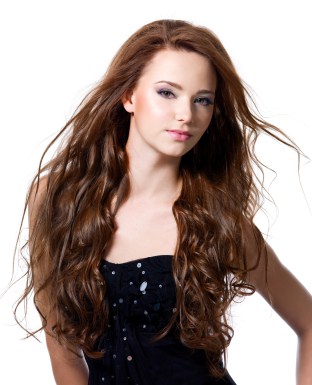Why clip-in extensions are the safest

Insurance & Accreditation
Be Your Own Boss & Earn Money

TPA Learning Process
Guaranteed Proven Results

Support & Community
Learn, Achieve & Grow Together

There are many ways of applying hair extensions, but did you know that some of them pose a risk to your natural hair? Hair loss (alopecia) and irreversible scalp damage are just two problems that you should be aware of when approaching a new look.
Bonding extensions
With this technique, wefts of hair are attached to your natural hair with special keratin hair glue. The glue is ‘melted’ using heat, applied to the wefts, and then the wefts are attached to your hair. This process can take up to 5 hours when done correctly.
Bonded extensions – The bad news
Avoid the salons offering discounts for extensions! Few of these hairdressers will apply hair extensions using safe techniques. If your hairdresser does not take care when gluing in the extensions, they could end up gluing them directly to the scalp, causing irritation and sensitivity. The glue used can also burn, splitting the ends your natural hair and some people have suffered allergic reactions to the glue.
Weaving involves creating a plait in the natural hair and weaving or sewing strips of hair extensions onto the flattened plait, creating a curtain of hair around the head.
Woven extensions- The bad news
Dermatologists warn that this weaving technique ‘suffocates’ the scalp, drying out your natural hair and making it weaker. It may even prevent your hair re-growing in the future. If the hair is tightly weaved or braided, the tension can cause headaches and even permanent hair loss.
How to avoid the pitfalls
Ensure you choose a reliable and qualified hair extensions expert to carry out any bonding/weaving jobs. They will be far more expensive than most salons, but they will be able to apply your extensions safely.
Avoid tightly-braided extensions, or very heavy extensions, as these will put traction on your hair and scalp, causing headaches, sensitivity and hair loss.
An Easier Alternative
For most people, Clip-in hair extensions are much safer – just remember to remove them when you don’t need them. As they are not permanently applied, they are much kinder to both the hair and scalp. The clips used are basically standard hair clips, so will not cause the problems glue tends to created, especially when it comes time to remove them.
Lastly, clip in hair extensions can be more flexible – wear shorter ones at work, longer ones when going out or add in some colour for a dramatic change of look!
This is a guest post from Cliphair.co.uk, who provide a wide range of hair extensions for customers worldwide.
